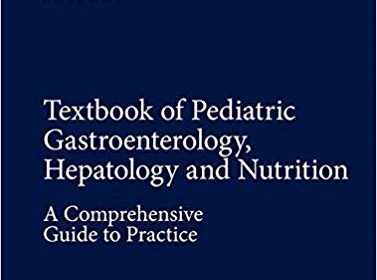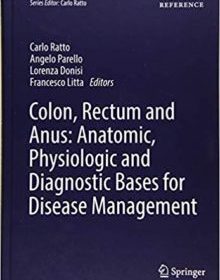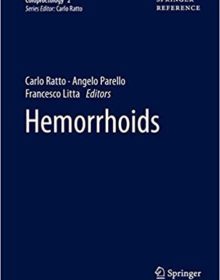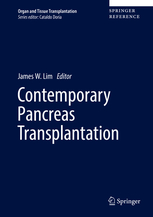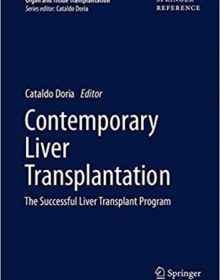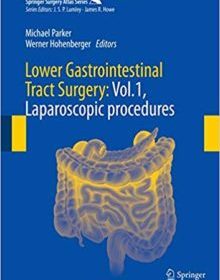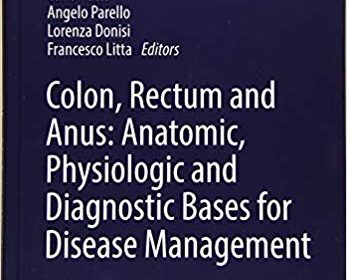Abdominal Sepsis: A Multidisciplinary Approach
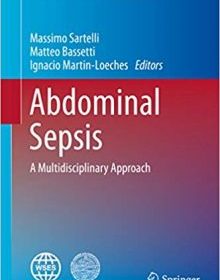
Abdominal Sepsis: A Multidisciplinary Approach
This book examines in detail the topic of sepsis, with a focus on intra-abdominal sepsis. Particular attention is devoted to source control in the management of the infection, antimicrobial therapy and sepsis support, which represent the cornerstones of treating patients with this problem. The importance of a multidisciplinary approach is highlighted not only by the instructive and informative sections on the acute manifestations of appendicitis, cholecystitis, and cholangitis, perforations and diverticulitis, Clostridium difficile infection and the role of candida in abdominal sepsis, but also by an extensive discussion of issues including antimicrobial resistance, damage control surgery, principles of antimicrobial therapy, hemodynamic support, adjunctive therapies, and thromboprophylaxis.
Abdominal sepsis is the host’s systemic inflammatory response to intra-abdominal infections. It is associated with significant morbidity and mortality rates, and represents the second most common cause of sepsis-related mortality at intensive care units. Gathering contributions by authoritative experts from all around the world, this book will allow acute care surgeons, abdominal surgeons, intensive care clinicians, and students to broaden their understanding of intra-abdominal sepsis in daily clinical practice.

